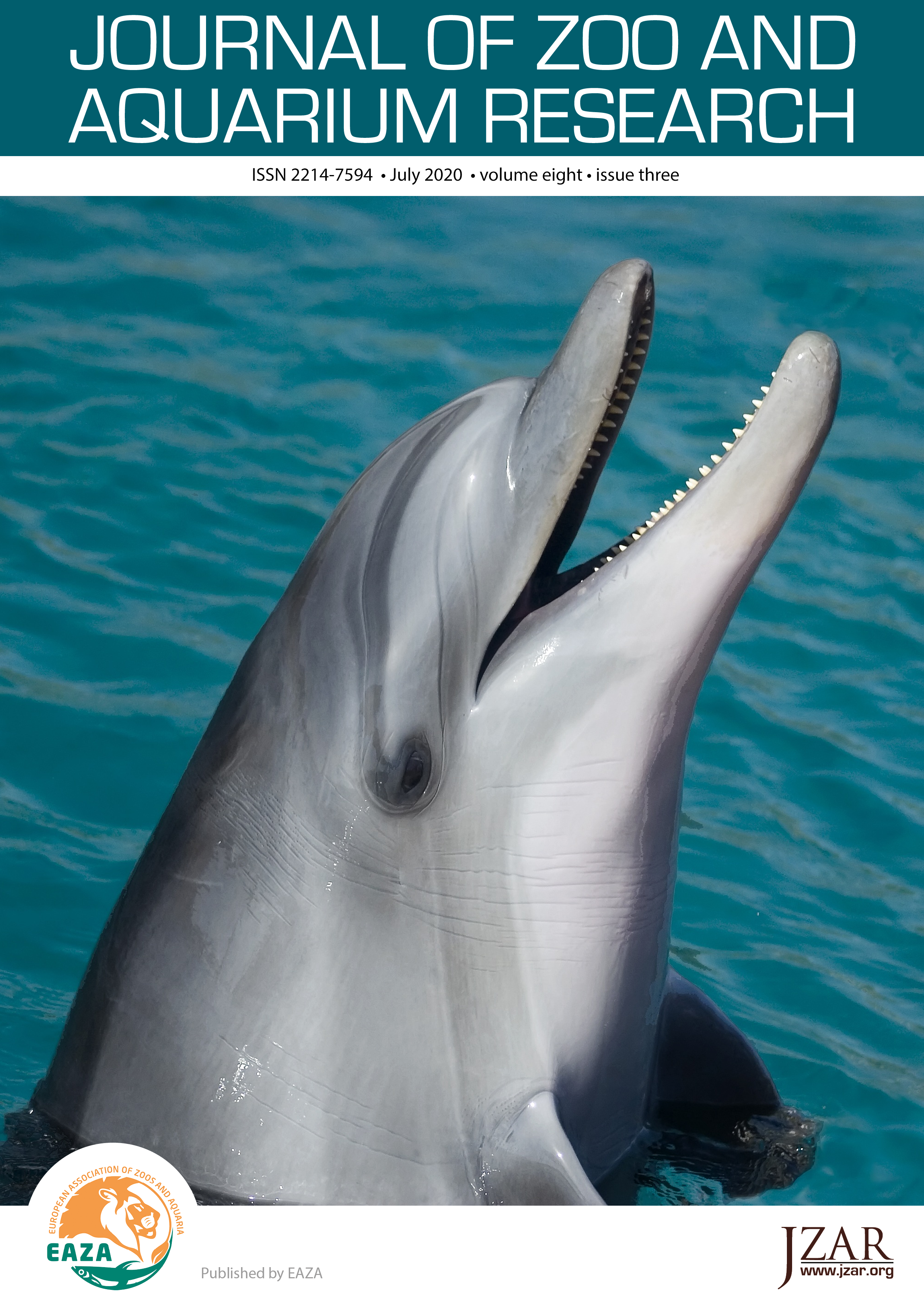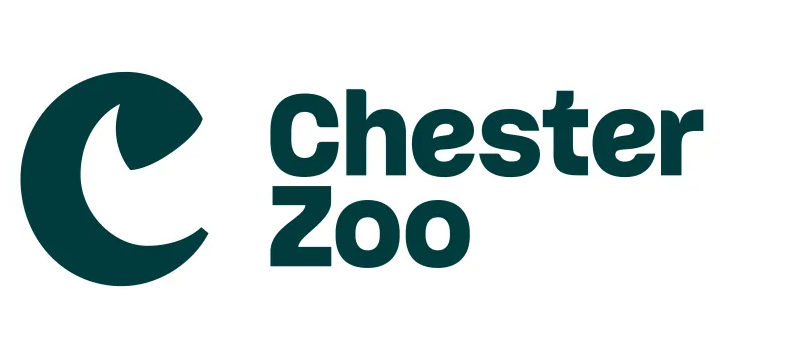Introducing three new males into a captive lion-tailed macaque (Macaca silenus) group
DOI:
https://doi.org/10.19227/jzar.v8i3.396Keywords:
aggresssion, enclosure design, intragroup interaction, zooAbstract
The introduction of an unfamiliar animal to a new individual or group can be highly stressful for any animal. Various studies have tried to determine the best method for introducing unfamiliar animals to each other, but many disagree on the most appropriate method of introduction. In this study, three new male lion-tailed macaques Macaca silenus, were introduced to the resident group in Fota Wildlife Park. The introduction method here was slow, with controlled contact between the new males and resident group over a period of 17 months. Behavioural data were collected using scan and focal sampling to observe the differences in the behaviour of the existing group before and after the introduction of these new males and during the different types of contact (‘outside pen’, ‘indoor house’, ‘split group’ and ‘mixed’). Data were analysed using randomisation and a likelihood-ratio G-test. Active behaviours increased in the first 3 months following the introduction of the new males, while self-directed behaviours decreased overall. Aggression was observed most frequently in the first three months after introduction of the new males, during the ‘outside pen’ period of contact. By September 2018, there was one successful birth within the group, one of the two surviving males was fully integrated into the group, and with the integration of the second male looking promising, overall this indicates a positive introduction and integration.
Downloads
Published
How to Cite
Issue
Section
License
JZAR fulfils the DOAJ definition of open access and provides free and open access to the full text of all content without delay under a Creative Commons licence. The copyright holder of JZAR publications grants usage rights to third parties, allowing for immediate free access to the work and permitting any user to read, download, copy, distribute, print, search, or link to the full texts of articles.







